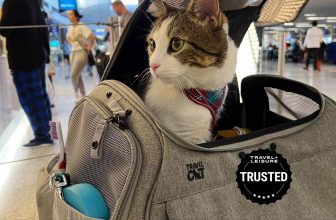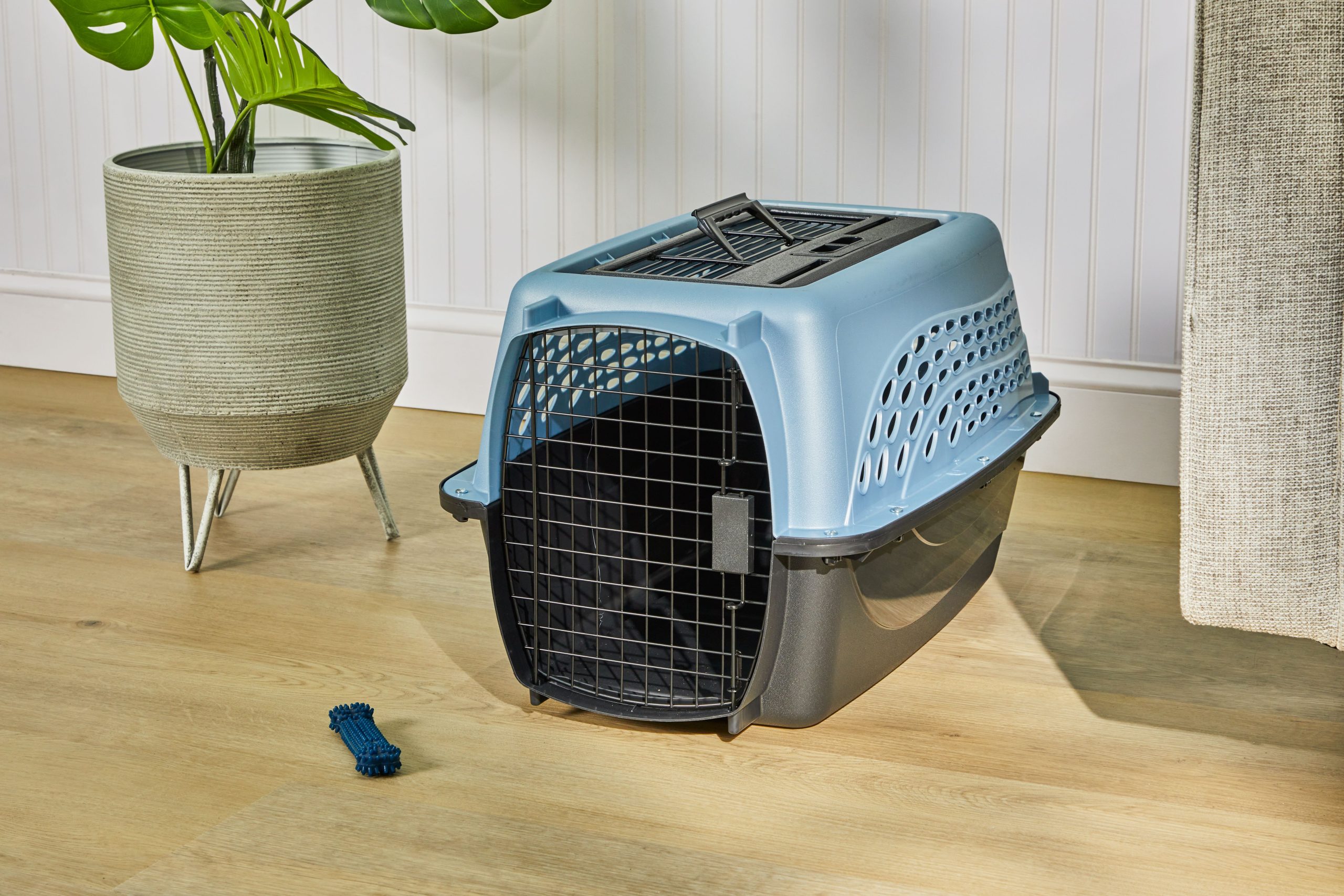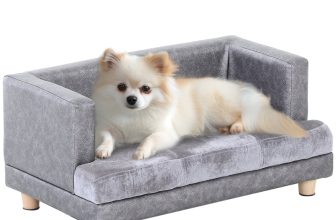How to Train Your Puppy at Home: Quick & Easy Tips
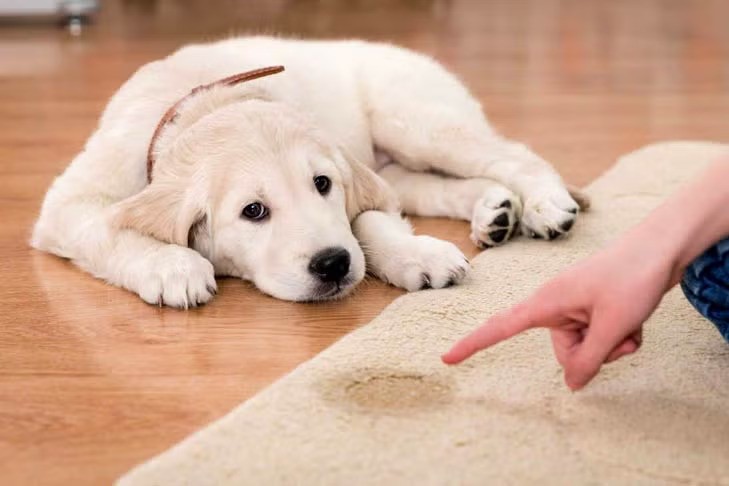
How to Train Your Puppy at Home: To train your puppy at home is an important step for pet owners. It helps create a strong bond and ensures your puppy grows into a well-behaved dog.
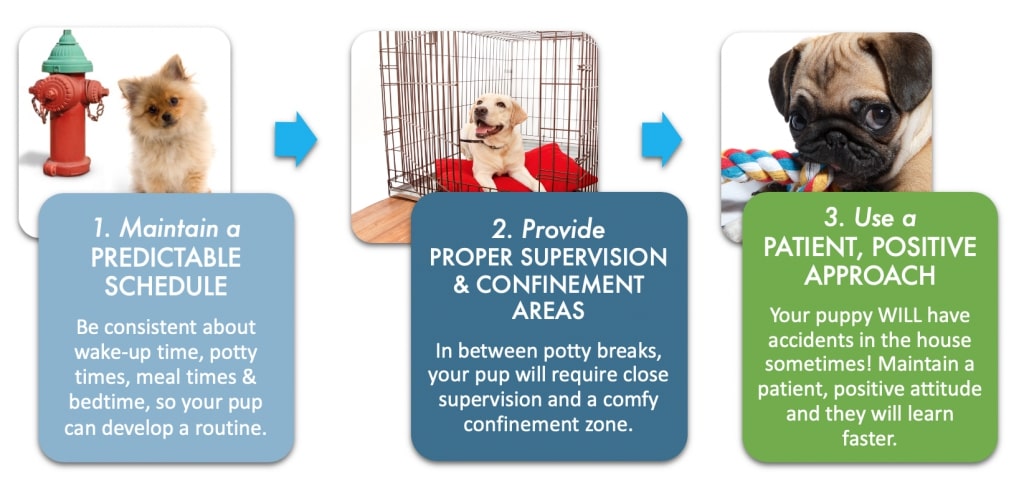
How to Train Your Puppy at Home
Credit: www.instinctdogtraining.com
Introduction To Puppy Training
To train your puppy at home offers many benefits. It saves time and money. You do not need to pay for classes. You can train your puppy in a comfortable place. Home training also helps your puppy feel safe.
Set realistic expectations. Puppies learn at their own pace. Some may take longer to understand commands. Be patient and keep training sessions short. This helps your puppy stay focused and enjoy learning.
Consistency is key. Use the same words for commands. Reward your puppy with treats or praise. This makes training more fun and effective.

How to Train Your Puppy at Home
Credit: www.akc.org
Essential Supplies For Training
Choosing the right treats is very important for puppy training. Use small, tasty treats that your puppy loves. This keeps them excited and engaged. Treats should be easy to chew and swallow. Soft treats work best for quick rewards.
Picking the right training tools is also essential. A good leash helps control your puppy during walks. A collar should fit comfortably but not too tight. Consider using a clicker for clear communication. It makes training fun and effective.
Remember to keep training sessions short and enjoyable. Puppies have short attention spans. Always end on a positive note with praise and love.
Creating A Training Schedule
Creating a training schedule is very important. Puppies need routine. Start with short training sessions. Aim for 10 to 15 minutes each time. Always train at the same time each day. This helps your puppy learn faster.
Consistency is key.Use the same commands each time. This helps your dog understand more. Praise your puppy for good behaviour. Use treats as a reward. Always be patient and positive.
Balancing training and playtime is critical. Puppies are very energetic. Combine exercise with entertaining things. Play fetch or tug of war. This keeps your puppy content and occupied. A happy puppy learns better.
Basic Commands To Start With
Teaching your puppy to sit is simple. Hold a treat above their nose. Move the treat back over their head. As they look up, their bottom will lower. Say “sit” when they do this. Reward them with the treat.
For “stay,” have your puppy sit first. Show them your palm and say “stay.” Take a step back. If they stay, give a treat. Repeat this often. Increase the distance gradually.
To teach “come,” call your puppy’s name. Use a happy voice. When they come, reward them. This helps them learn to return to you.
For “down,” have a treat in your hand. Let your puppy sniff it. Move the treat to the ground. As they follow, say “down.” Reward them when they lie down.
House Training Your Puppy
To housetrain your puppy, start by establishing a routine. Take your puppy outside at the same times each day. This helps them learn when to go. Always take them out after eating or playing.
Be patient and watch for signs that they need to go. Look for sniffing or circling. When your puppy goes outside, praise them. Use a happy voice and give them a treat.
Managing accidents is part of training. Clean up messes quickly with an enzymatic cleaner. This helps remove the smell. Never punish your puppy for accidents. They will not understand and may get scared.
Instead, focus on the positive. Celebrate their successes. With time and patience, your puppy will learn where to go.
Socialization And Behavior
Meeting new people and pets is beneficial for your puppy. Begin by introducing your dog to friends and relatives. Keep the meetings brief and enjoyable. Allow your puppy to smell and welcome everyone. Treats can help to make these occasions more positive. This makes your puppy feel safer and happier.
Correcting biting and barking takes patience. When your puppy bites, say “no” firmly. Offer a toy instead. This teaches what is okay to bite. For barking, ignore it until it stops. Praise your puppy when it is quiet. This shows that being calm gets attention.
Advanced Training Techniques
Clicker training is a fun way to teach your puppy. Use a small device that makes a sound. This sound tells your puppy they did a good job. Start with simple commands like “sit” or “stay.”
Give a treat right after you click.This helps your dog connect the sound to the activity. For optimal results, repeat several times.
Once your dog understands, move on to more advanced tricks. Teach them to roll over and seem dead. Please be patient. Puppies learn at their own speed.
Always use encouraging words. When your puppy does it properly, praise him or her. This makes exercise enjoyable for both of you.our puppy when they get it right. This makes training enjoyable for both of you.
Troubleshooting Common Issues
Stubborn puppies can be hard to train. Use positive reinforcement. Reward good behaviour with treats or praise. This encourages them to listen.
Be patient and calm. Avoid getting angry. Stubbornness takes time to change.
For distractions, find a quiet place to train. Keep the area free of toys or other pets. This helps your puppy focus better.
Use short training sessions. Ten to fifteen minutes is enough. Repeat commands often. This builds their understanding and attention.
Maintaining Progress And Patience
Tracking your puppy’s development is very important. Keep a training journal. Write down dates and what you taught. Note your puppy’s progress and any challenges. This helps you see how much they learn.
Adapting your techniques as your puppy grows is crucial. Puppies change quickly. Use positive reinforcement for good behaviour. As they grow, mix in new commands. Keep training fun and engaging. Always be patient and understanding.
| Age | Training Focus |
|---|---|
| 8-12 weeks | Basic commands like sit and stay |
| 3-6 months | Leash training and socialization |
| 6-12 months | Advanced commands and tricks |
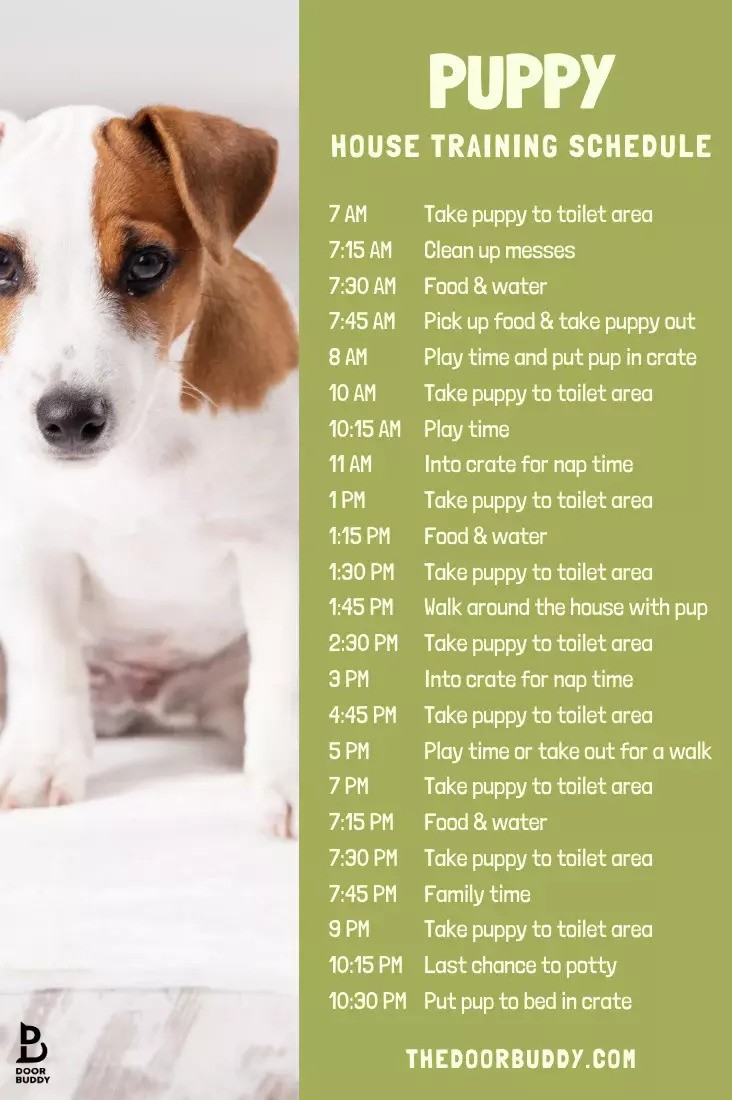
How to Train Your Puppy at Home
Credit: www.americanblack.com
Conclusion: Celebrating Milestones
Celebrating your puppy’s successes is very important. Use treats and praise. This helps them learn better. Small rewards work wonders.
Plan for their continued education. Training should not stop. Teach new tricks often. Keep sessions short and fun. This keeps their interest.
Establish clear goals. Celebrate each milestone as a victory. This increases trust and confidence. Enjoy your journey together.
Frequently Asked Questions
How Do I Start Training My Puppy At Home?
Begin by establishing a routine. Consistency is key for puppy training. Use simple commands like “sit” and “stay. ” Reward your puppy with treats and praise for good behavior. Keep training sessions short, around 5-10 minutes, to maintain your puppy’s attention.
Gradually introduce new commands as they learn.
What Are The Best Training Techniques For Puppies?
Positive reinforcement is the most effective training technique. Use treats, praise, and toys as rewards for desired behaviour. Clicker training is also popular, as it provides clear communication. Always be patient and avoid punishment, as it can lead to fear and anxiety in puppies.
Consistency will ensure long-term success.
How Often Should I Train My Puppy?
Aim for small exercise sessions several times per day. Ideally, train your puppy 2-3 times per day for 5-10 minutes each. This maintains their attention and reinforces learning. Regular practice reinforces orders and fosters a strong link between you and your puppy.
Always end your sessions on a positive note.
What Common Mistakes Should I Avoid When Training?
Avoid using harsh corrections or yelling at your puppy. These methods can create fear and hinder learning. Don’t expect immediate results; training takes time and patience. Also, neglecting socialisation can lead to behavioural issues. Always focus on positive reinforcement for effective training results.
Conclusion
To train your puppy at home can be a rewarding journey. Patience and consistency are keys. Use positive reinforcement to encourage good behaviour. Keep training sessions short and fun. Remember to celebrate small victories. Building a bond with your puppy takes time.
Stay committed to the process. Enjoy each moment together. With love and guidance, your puppy will thrive. Start today, and watch your puppy grow into a well-behaved companion.



